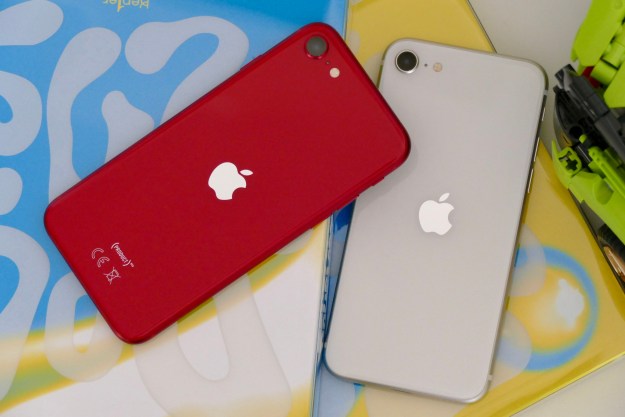
The work has been carried out by researchers at the McGill University in Montreal, along with Canadian energy company Hydro-Quebec, and the study has been published by Nature Communications. However, the research is still at a very early stage, and the paper is extremely technical. The experiments have been carried out in a lab, with the goal of creating a, “hybrid solar battery system,” with the potential to power small devices including mobile phones in the future, according to study leader Andrea Paolella.
If you’re wondering how the battery works, the answer isn’t very straightforward. The researchers haven’t been carrying a hybrid battery around with them, and the experiments have been performed in a controlled lab using the chemicals and materials that make up a battery cell. Even the sunlight was generated using a specially calibrated solar simulator machine, rather than the actual sun itself. However, because the tests have shown the solar cells can produce energy, the scientists can move on to the next stage and explore anode technology for use in the battery.
That’s not all, as at the same time, someone needs to come up with a way to wrap the battery and the device in a material that still lets sufficient light in to charge it up. Taking the battery out and leaving it on the windowsill would defeat the object, after all. The team is positive (if you’ll forgive the pun) about the future, but says we’re still years away from a self-charging lithium-ion battery, even if the next stages are successfully completed.
Editors' Recommendations
- New 260-watt battery charge tech goes from 0% to 25% in just 1 minute
- An ultra-thin graphene layer could help protect next-gen solar panels
- No more panels? A.I. helps create sprayable solar cells that can be painted on
- Vivo’s new charging tech rockets phone your battery to full in only 13 minutes




